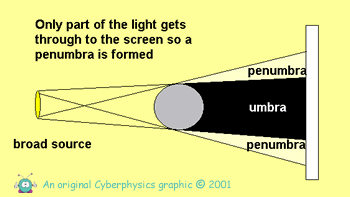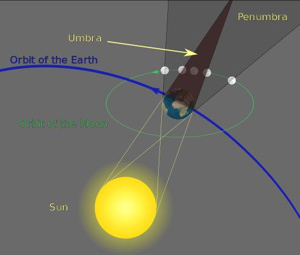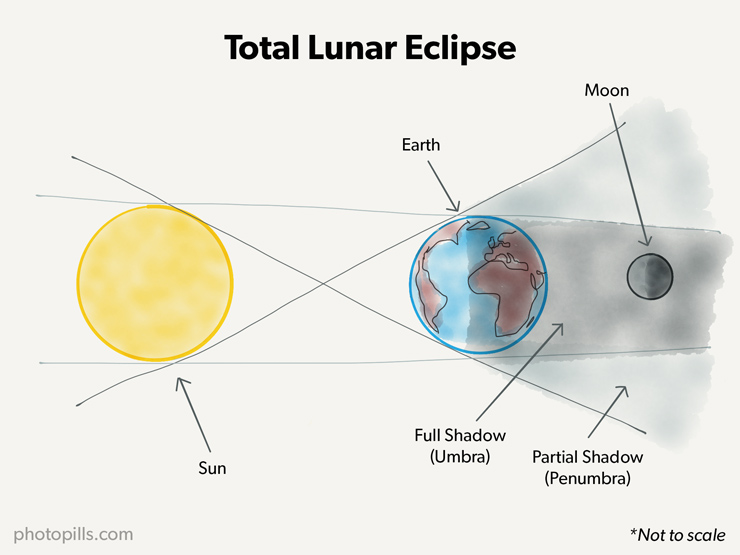
These data may help increase the performance characteristics of targeted prostate biopsy. Perilesional biopsies, that is, samples taken from a band of 10-mm radius outside MRI lesions (the penumbra), contain most cores of csPCa that are not present within the lesion.

Limitations of MRI interpretation and fusion biopsy performance could affect the utility of these data in individual patients. In 18% (95% CI = 15-20) of patients (166/927), csPCa was diagnosed only by sampling outside the MRI lesion, the yield decreasing with increasing distance. Overall, 90% (95% confidence interval = 89-91) of csPCa cores (3206/3552) were located within a radius of 10 mm from the nearest lesion: 65% (95% CI = 63-67) within the region of interest (ROI) and 26% (95% CI = 24-27) outside the ROI but within the 10-mm "penumbra." The width of the penumbra or concentric band, which enclosed 90% of csPCa, was primarily related to MRI grade of lesion: grade 5, 5 mm grade 4, 12 mm grade 3, 16 mm. Significance of distance measurements was determined by multilevel, multivariable logistic regression to account for within patient-biopsy correlation and control for patient characteristics. A validated Matlab script was used to determine the distance between MRI lesions and cores containing csPCa (3552 cores from 927 men). Outcome measurements and statistical analysis:Īll biopsy cores (30191), locations of which had been stored digitally in the image-fusion device, were analyzed for tissue pathology and relationship with MRI lesions. The study is a retrospective examination of prospectively acquired data. Participants were 2048 men with magnetic resonance imaging (MRI) lesions (grades 3-5) who underwent targeted and systematic prostate biopsy via MRI/ultrasound fusion at University of California Los Angeles and Cornell between 20.


To determine and quantify the utility of perilesional biopsies in the detection of clinically significant prostate cancer (csPCa). Systematic prostate biopsies add to the cancer detection rate of targeted biopsies, but the explanation for that increased sensitivity is not yet clear.


 0 kommentar(er)
0 kommentar(er)
